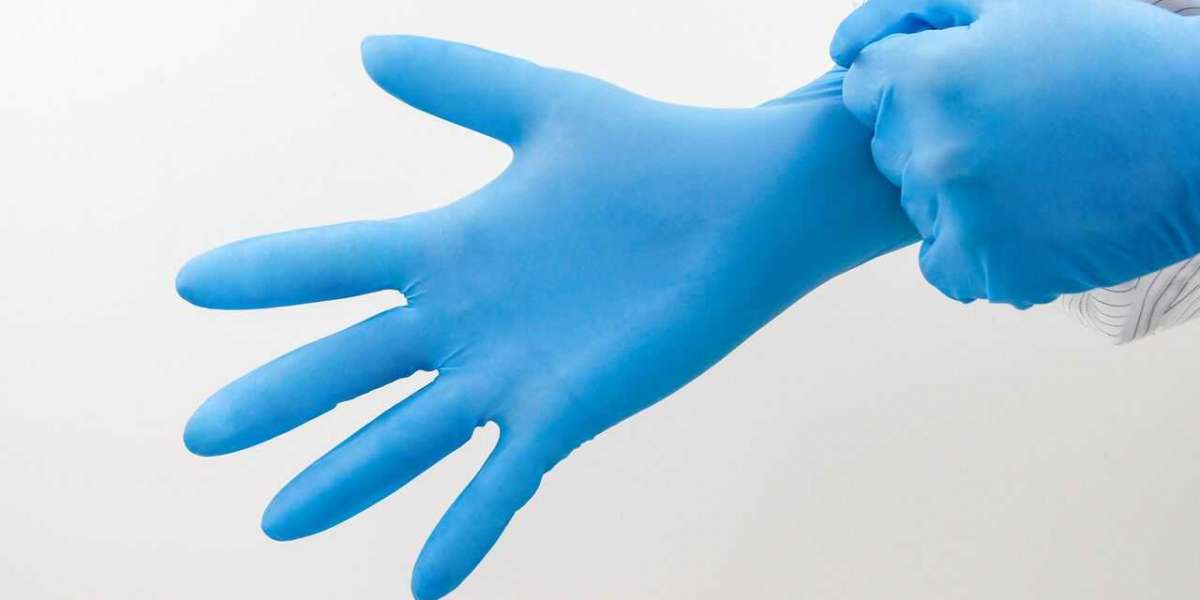Puberty is a challenging time for any adolescent, but for those with Attention Deficit Hyperactivity Disorder (ADHD), this developmental stage can present additional complexities. As children transition into adolescence, they not only experience physical and emotional changes but also face an increase in the demands placed on them academically, socially, and personally. For adolescents with ADHD, managing symptoms like inattention, hyperactivity, and impulsivity during this time can be particularly difficult. This article explores effective strategies for managing ADHD symptoms during puberty, offering guidance for parents, educators, and healthcare providers.
Understanding the Impact of Puberty on ADHD
Puberty is marked by significant hormonal changes, most notably the increase in sex hormones like testosterone and estrogen. These hormones affect the brain's development and can influence behavior, mood, and cognitive function. For adolescents with ADHD symptoms, these changes can exacerbate existing symptoms or introduce new challenges.
1. Intensified Emotions and Mood Swings:
Hormonal fluctuations during puberty can lead to heightened emotions and more frequent mood swings. For adolescents with ADHD, who may already struggle with emotional regulation, these changes can make it even harder to manage anger, frustration, or sadness. This can result in increased irritability, outbursts, or withdrawal from social situations.
2. Increased Academic and Social Demands:
As adolescents progress through school, they face greater academic expectations, such as more complex assignments and exams, as well as the need for better time management and organizational skills. Additionally, social dynamics become more intricate during adolescence, with peer relationships taking on greater significance. Adolescents with ADHD may find it difficult to keep up with these demands, leading to stress, anxiety, and a potential decline in academic performance or social interactions.
3. Changes in Sleep Patterns:
Puberty often brings changes in sleep patterns, with many adolescents experiencing a shift in their circadian rhythms that makes it harder to fall asleep and wake up early. For those with ADHD, who may already have difficulties with sleep, these changes can further disrupt their ability to get restful sleep, exacerbating symptoms like inattention and impulsivity during the day.
Strategies for Managing ADHD Symptoms During Puberty
Successfully managing ADHD symptoms during puberty requires a multi-faceted approach that addresses the unique challenges of this developmental stage. Below are strategies that can help adolescents with ADHD navigate this period more effectively.
1. Establishing Routines and Consistency
1.1. Importance of Routine:
Routines provide structure and predictability, which can be especially beneficial for adolescents with ADHD who may struggle with executive function skills like planning and organization. A consistent daily routine helps reduce anxiety, improve time management, and create a sense of stability during the turbulent period of puberty.
1.2. Implementing Routines:
Parents can work with their adolescents to establish a daily routine that includes regular times for waking up, meals, homework, extracurricular activities, and bedtime. It’s important to involve the adolescent in the process of creating the routine, as this fosters a sense of ownership and responsibility. Visual aids, such as calendars or to-do lists, can also be helpful in reinforcing the routine.
1.3. Flexibility Within Structure:
While consistency is key, it’s also important to allow for some flexibility within the routine to accommodate the changing needs and interests of the adolescent. For example, as academic or social demands fluctuate, the routine can be adjusted to ensure that the adolescent has adequate time for studying or socializing without feeling overwhelmed.
2. Supporting Emotional Regulation
2.1. Teaching Emotional Awareness:
Helping adolescents with ADHD become more aware of their emotions is a crucial step in managing emotional regulation. Parents and educators can encourage adolescents to identify and label their emotions, which can help them understand their feelings and respond more appropriately. Journaling or using mood-tracking apps can be effective tools for this purpose.
2.2. Coping Strategies for Intense Emotions:
Adolescents with ADHD may benefit from learning specific coping strategies to manage intense emotions. Techniques such as deep breathing, progressive muscle relaxation, and mindfulness meditation can help reduce the intensity of emotions and prevent impulsive reactions. It’s important to practice these techniques regularly, so they become second nature when needed.
2.3. Encouraging Open Communication:
Creating a safe and supportive environment where adolescents feel comfortable discussing their emotions is vital. Regular check-ins with parents, teachers, or counselors can provide opportunities for adolescents to express their feelings and seek guidance on how to handle difficult situations.
3. Enhancing Academic Support
3.1. Implementing Accommodations:
Schools can play a crucial role in supporting adolescents with ADHD by providing academic accommodations. These might include extended time on tests, reduced distractions in the classroom, or modified assignments. An Individualized Education Plan (IEP) or 504 Plan can formalize these accommodations, ensuring that the adolescent’s specific needs are met.
3.2. Developing Study Skills:
Teaching effective study skills can help adolescents with ADHD manage their academic workload more efficiently. Strategies such as breaking down assignments into smaller tasks, using graphic organizers, and practicing active reading techniques can improve focus and retention. Study sessions should be timed and include breaks to prevent burnout and maintain concentration.
3.3. Encouraging the Use of Technology:
Technology can be a powerful tool for adolescents with ADHD. Apps and software that help with organization, time management, and note-taking can enhance academic performance. For example, task management apps like Trello or Todoist can help adolescents keep track of assignments and deadlines, while apps like Evernote can assist with organizing notes and study materials.
4. Addressing Sleep Issues
4.1. Establishing a Bedtime Routine:
A consistent bedtime routine is essential for promoting good sleep hygiene. This routine should include calming activities, such as reading or taking a warm bath, to signal to the body that it’s time to wind down. Limiting screen time before bed is also important, as the blue light emitted by screens can interfere with the production of melatonin, a hormone that regulates sleep.
4.2. Creating a Sleep-Friendly Environment:
The sleep environment plays a significant role in the quality of sleep. Adolescents with ADHD may benefit from a quiet, dark, and cool bedroom that is free from distractions. White noise machines or fans can help mask disruptive noises, and blackout curtains can block out light that might interfere with sleep.
4.3. Addressing Sleep Disorders:
If sleep difficulties persist despite these interventions, it may be necessary to consult a healthcare provider to rule out sleep disorders, such as insomnia or sleep apnea, which are more common in individuals with ADHD. Treatment options may include behavioral therapy, medication, or changes in lifestyle habits.
5. Promoting Healthy Peer Relationships
5.1. Social Skills Training:
Social skills training can be beneficial for adolescents with ADHD who may struggle with peer relationships. This training typically focuses on improving communication skills, understanding social cues, and managing conflicts. Role-playing and group activities can help adolescents practice these skills in a safe and supportive environment.
5.2. Encouraging Positive Peer Interactions:
Parents and educators can support the development of positive peer relationships by encouraging participation in extracurricular activities or clubs where adolescents can meet peers with similar interests. These activities provide opportunities for social interaction in structured settings, which can be less intimidating for adolescents with ADHD.
5.3. Monitoring Social Media Use:
While social media can be a valuable tool for staying connected with friends, it can also be a source of stress and distraction for adolescents with ADHD. Monitoring social media use and setting limits on screen time can help prevent negative effects, such as cyberbullying or exposure to inappropriate content.
6. Medication Management
6.1. Reviewing Medication Needs:
Puberty can affect how the body metabolizes medication, which may necessitate adjustments in the dosage or type of medication used to manage ADHD treatment. Regular consultations with a healthcare provider are essential to ensure that the medication remains effective and that any side effects are monitored.
6.2. Exploring Alternative Treatments:
In some cases, alternative treatments, such as dietary changes, supplements, or neurofeedback, may be considered alongside or in place of medication. It’s important to consult with a healthcare provider before making any changes to the treatment plan, as these alternatives may not be suitable for everyone.
6.3. Educating Adolescents About Medication:
Adolescents with ADHD should be educated about their medication, including how it works, potential side effects, and the importance of adherence to the prescribed regimen. This education empowers adolescents to take responsibility for their treatment and make informed decisions about their health.
Conclusion
Managing ADHD symptoms during puberty requires a comprehensive approach that addresses the unique challenges of this developmental stage. By establishing routines, supporting emotional regulation, enhancing academic support, addressing sleep issues, promoting healthy peer relationships, and managing medication effectively, parents, educators, and healthcare providers can help adolescents with ADHD navigate puberty more successfully. With the right strategies in place, adolescents with ADHD can build the skills and resilience needed to thrive during this transformative period of their lives.







